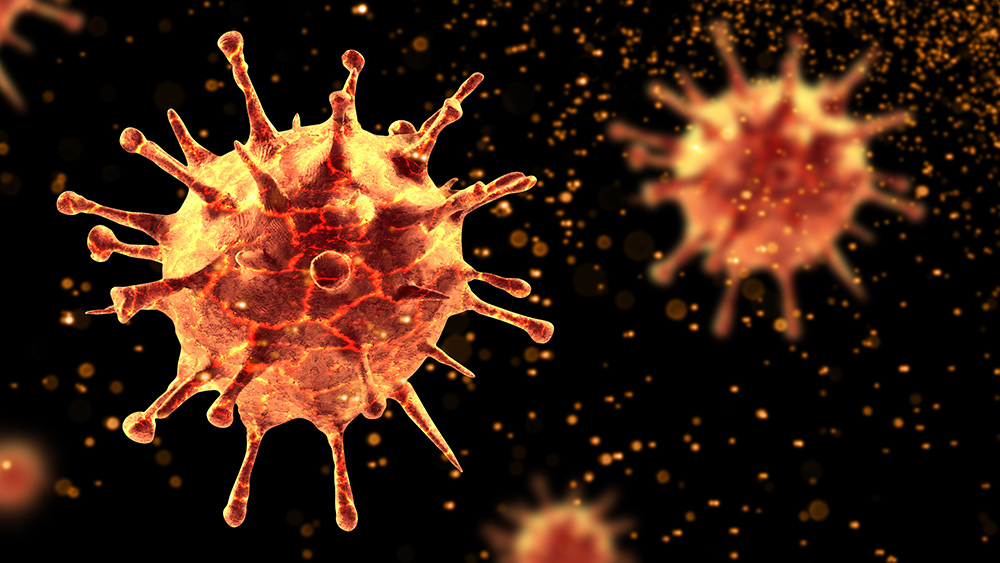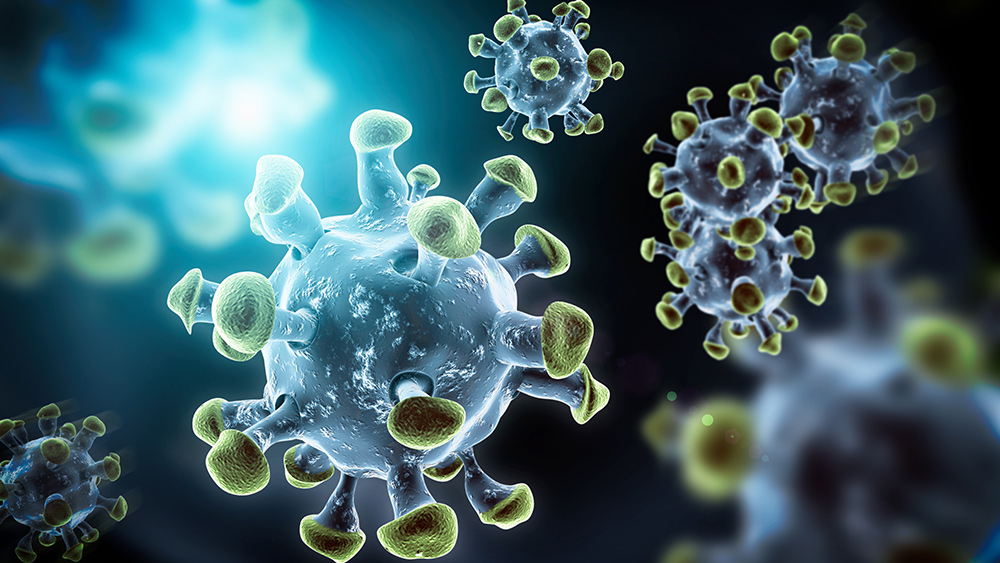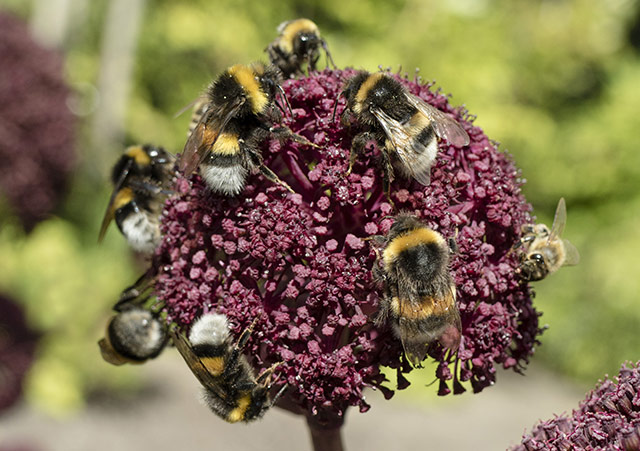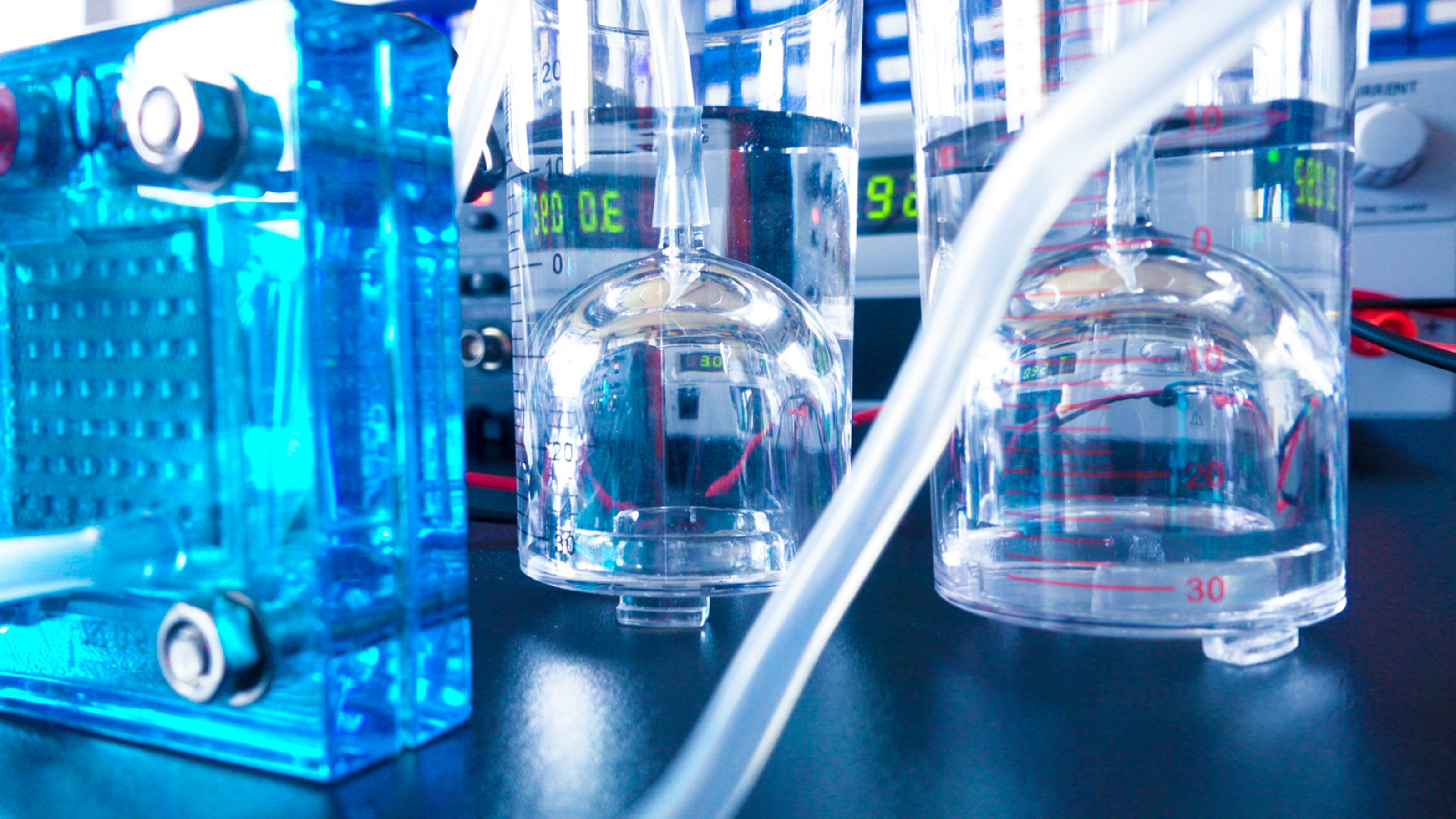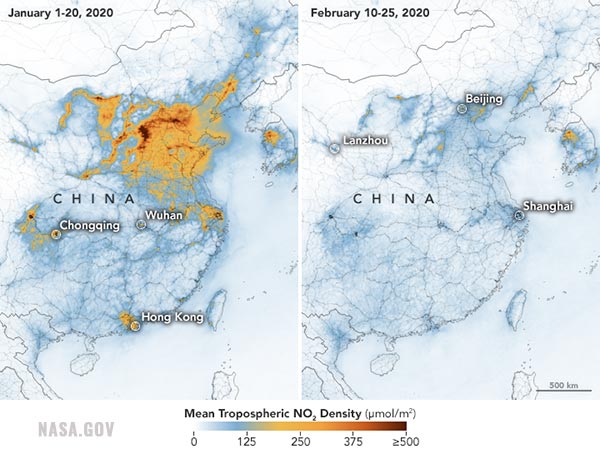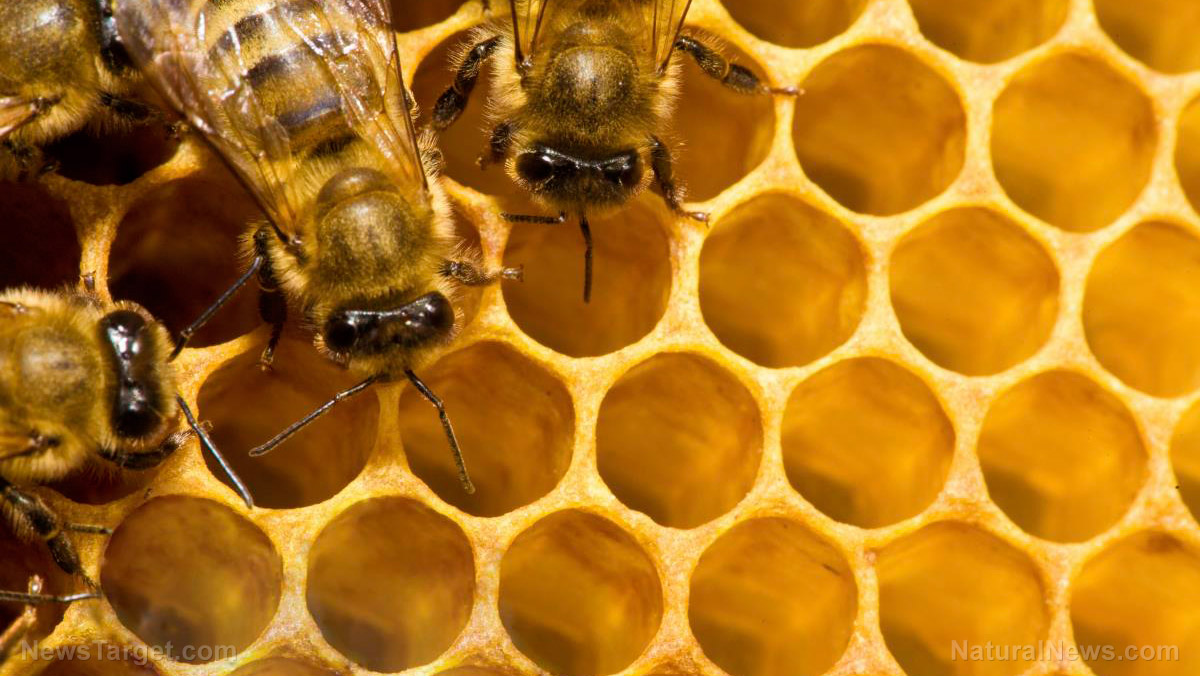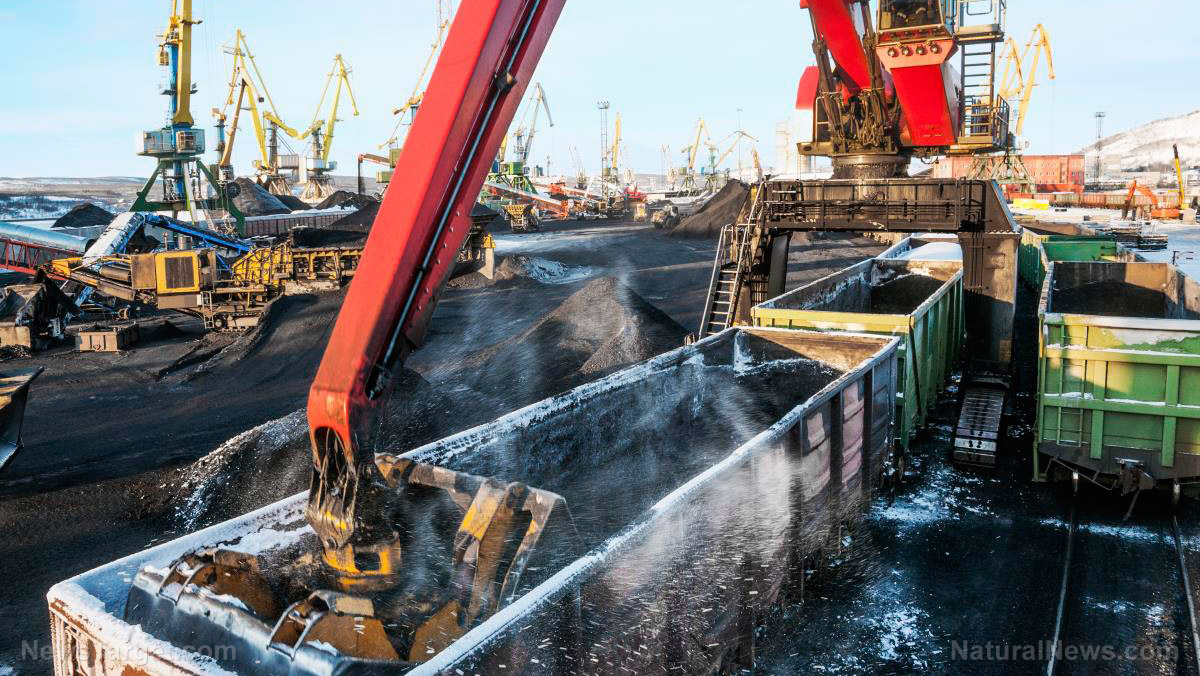Plants have “lungs” and humans have influenced the way they breathe, study says
04/25/2020 / By Arsenio Toledo

Experts from the University of Sheffield in the U.K. have revealed how plants provide air to every cell in their bodies. Furthermore, they point out that human intervention has influenced how plants breathe. The study was headed by Andrew Fleming, a professor at Sheffield’s Institute for Sustainable Food. Their study was published in the journal Nature Communications.
Plants require a strong network of stomata for photosynthesis. Stomata are pores in a plant’s leaves that allow for the exchange of gas. Plant leaves have a vast and intricate internal network of channels where air can flow through these stomata. Botanists have known about stomata since the 19th century. However, before this study, scientists couldn’t figure out precisely how these channels formed in the right places to maximize the amount of carbon dioxide every plant cell receives.
A plant’s “lungs” act similarly to how human lungs function
In their study, Fleming and his team used genetic manipulation techniques to find out that if a leaf has more stomata, it has more airspace. These air channels act like bronchioles do in human lungs. These tiny passageways facilitate the movement of air to the plant’s exchange surfaces – or places where carbon dioxide is turned into oxygen.
The Sheffield scientists also showed, with the help of colleagues from other universities across the U.K., that the movement of carbon dioxide through the stomata plays a very important role in determining the shape and scale of the leaf’s air channel network.
Fleming hopes that this discovery will influence future researchers to look closer into the internal structure of a plant’s leaves and how the function of their different components influences the way they develop. The researchers further note that their study could influence not just plant biology, but other fields of science as well, such as evolutionary biology.
“Scientists have suspected for a long time that the development of stomata and the development of air spaces within a leaf are coordinated,” said Marjorie Lundgren, a fellow at Lancaster University in northwestern England. “However, we weren’t really sure which drove the other.”
With the help of X-ray CT image analyses, Lundgren, Fleming and the other scientists were able to answer this question. They found that the expansion of air spaces in leaves is initiated by the development of stomata. They also found that a plant actually requires the stomata to exchange gases before its leaves’ air spaces can even expand.
Human intervention influences the development of plant lungs
The study also showed how humans have influenced the growth of wheat plants. These staple plants have been bred by so many generations that they now have fewer stomata pores on their leaves, meaning that they also have fewer air channels. This makes the wheat leaves denser, allowing humans to grow them without using too much water. (Related: Explaining the science on why wheat consumption leads to psychiatric conditions like schizophrenia.)
According to Fleming, this insight into the development of plants can potentially give other scientists ideas about how to further influence different staple crops all over the world like wheat. One possibility is to alter the internal structure of wheat leaves to make them even more water-efficient than they are today.
For more research on how carbon dioxide influences the growth of plants, check out the articles at CarbonDioxide.news.
Sources include:
Tagged Under: air quality, botany, bronchioles, carbon dioxide, Ecology, environ, environment, Leaves, oxygen, photosynthesis, Plants, research, stomata, trees, wheat


